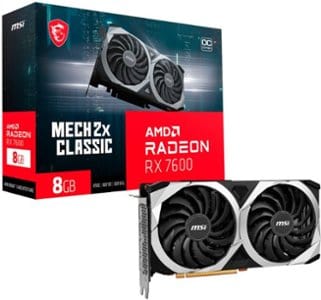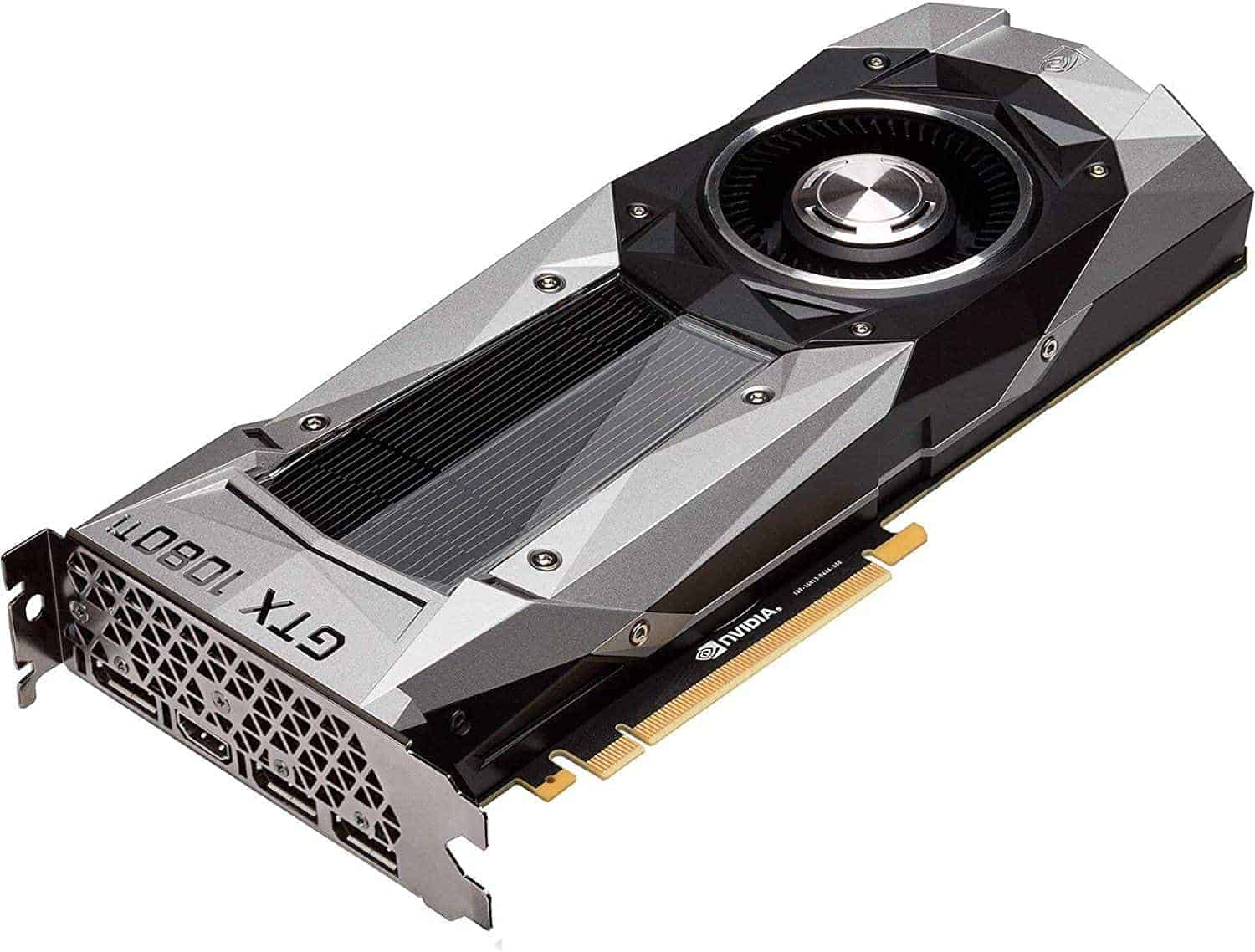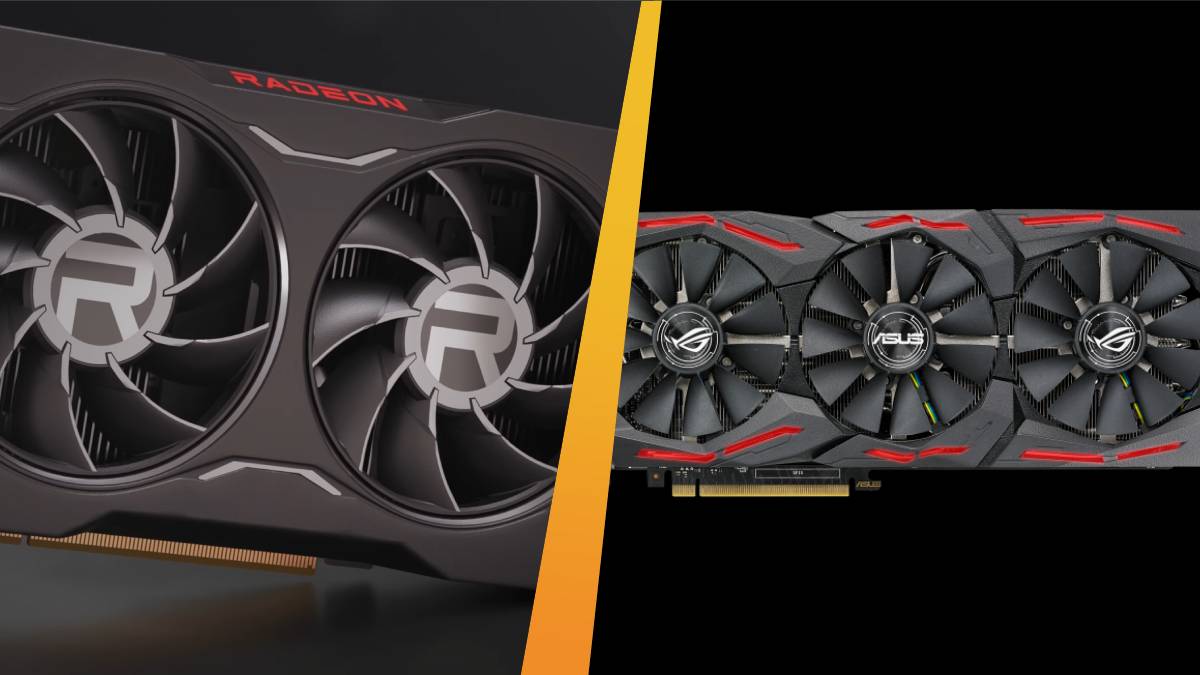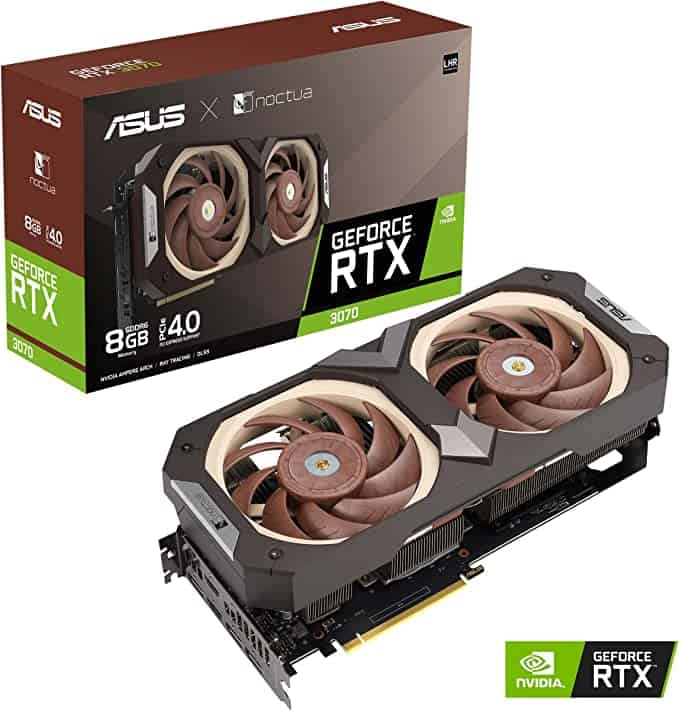You can trust VideoGamer. Our team of gaming experts spend hours testing and reviewing the latest games, to ensure you're reading the most comprehensive guide possible. Rest assured, all imagery and advice is unique and original. Check out how we test and review games here
We’re having a look at the RX 7600 specs vs GTX 1080 Ti, to see how this new and affordable card shapes up versus others on the market.
The RX 7600’s release date has passed and its balance of low price and high performance means it’s being eyed up by a tonne of gamers. It’s the most affordable card from the RX 7000 series, meaning you can get your hands on the RDNA 3 architecture for cheaper than ever before.
While the GTX 1080 Ti was, in its heyday, one of the most powerful cards available, its 2017 release date means that it’s safe to say that fewer people are looking to buy it now. Many out there already have it however, and that is why we are focusing on it today, to explore whether it could be a good idea to upgrade from the GTX 1080 Ti to the RX 7600. We reckon the best way to do that is with a head-to-head comparison.
We’ve broken it all down into different sections. This will give you a lay of the land of what we know so far. Let’s get into it.
RX 7600 vs GTX 1080 Ti – specs
| RX 7600 specs | GTX 1080 Ti | |
| Architecture | RDNA 3 | Pascal |
| Cores | 2,048 | 3,584 |
| Base Clock (MHz) | 2,250 | 1,481 |
| Boost Clock (MHz) | 2,655 | 1,582 |
| Memory | 8GB GDDR6 | 11GB GDDR5X |
| Memory Bus | 128-bit | 352-bit |
| Memory Bandwidth | 288GB/s | 484GB/s |
| TDP | 165W | 250W |
The table shows just how impressive the GTX 1080 Ti is, even with its age. It has the greater number of cores with 3,584 versus 2,048. It’s also got the larger memory bus which makes way for the superior 484GB/s bandwidth.
The RX 7600 hits back with more impressive clock speeds. This number tells you how many computing cycles are completed per second, while the cores and memory contribute to what can be achieved within those cycles.
Speaking of memory the GTX 1080p does have the larger amount of VRAM, 11GB versus 8GB for the RX 7600. This is not the end of the story, however, as that memory is GDDR5X, while the RX 6700 could have the higher bandwidth GDDR6. The bandwidth of this newer version is nearly twice as high, in fact.
RX 7600 vs GTX 1080 Ti – architecture
As a member of AMD’s RX 7000 series the RX 7600 uses the RDNA 3 architecture. This is good to see as RDNA 3 is very advanced and capable. It got a brand new and innovative chiplet design as well as AI accelerators.
These increase efficiency using deep learning algorithms to predict what frames are coming next, meaning graphic quality can be improved without requiring more power. As well as these new features, the architecture also has improvements and optimisation over RDNA 2. For example, the ray cores are second-generation.
RX 7600 vs GTX 1080 Ti – performance
There’s no point in crunching the numbers and comparing the specs without explaining how this translates to performance.
Thanks to the superior RDNA 3 architecture of the RX 7600 we reckon its performance will be not too far behind that of the GTX 1080 Ti, despite the latter’s more powerful specs. Both cards are among the best GPUs for 1080p, meaning it’s likely the RX 7600 will be just as much of a hit with gamers as the GTX 1080 Ti was.
Despite popular belief, GTX cards such as the 1080 Ti are actually capable of ray tracing, within certain games. However, we predict that the RX 7600 will do better here, thanks to its dedicated ray tracing cores.
RX 7600 vs GTX 1080 Ti – price
The MSRP of the RX 7600 is $269. This is a really low price, the lowest of any next-gen card we’ve seen. When compares vs the RTX 4060 Ti for example with its release price of $399. As is usual for any GPU launch, different AIBs do have slightly different prices, the reflect their different specs. The price is sure to be the main selling point of this card, and might just be low enough to beat of most of the competition.
MSI AMD Radeon RX 7600 Mech 2x Classic 8GB

The GTX 1080 Ti was released with an MSRP of $699. While this might seem high remember that it was the most powerful card available at that time. Since then it has stopped being produced new, meaning you can pick up a renewed version for around $400-$500.
Nvidia GeForce GTX 1080 Ti – FE Founders Edition

Base clock
1480 MHz
Boost clock
1582 MHz
VRAM
11GB
Dimensions
140 x 325mm
Recommended PSU
600W
RX 7600 vs GTX 1080 Ti – final word
Based on what we’ve seen, it’s clear that the RX 7600 will be a tempting card for many. It offers brilliant performance for an impressively low price.
If you’re looking at buying either the GTX 1080 Ti or RX 7600, unless you can find an unbelievably low price. the RX 7600 will offer a much better and more efficient return on your investment.
However, if you already have the GXT 1080 Ti and are wondering whether the RX7600 is the right card to upgrade to, this is more of a question of personal preference. The new AMD card has better ray tracing abilities and features more of the latest GPU technology. However, it’s possible the step up in performance won’t be that significant, meaning it could make more sense to go for one of the more powerful but more expensive new cards out there, to really feel the benefits of upgrading.










